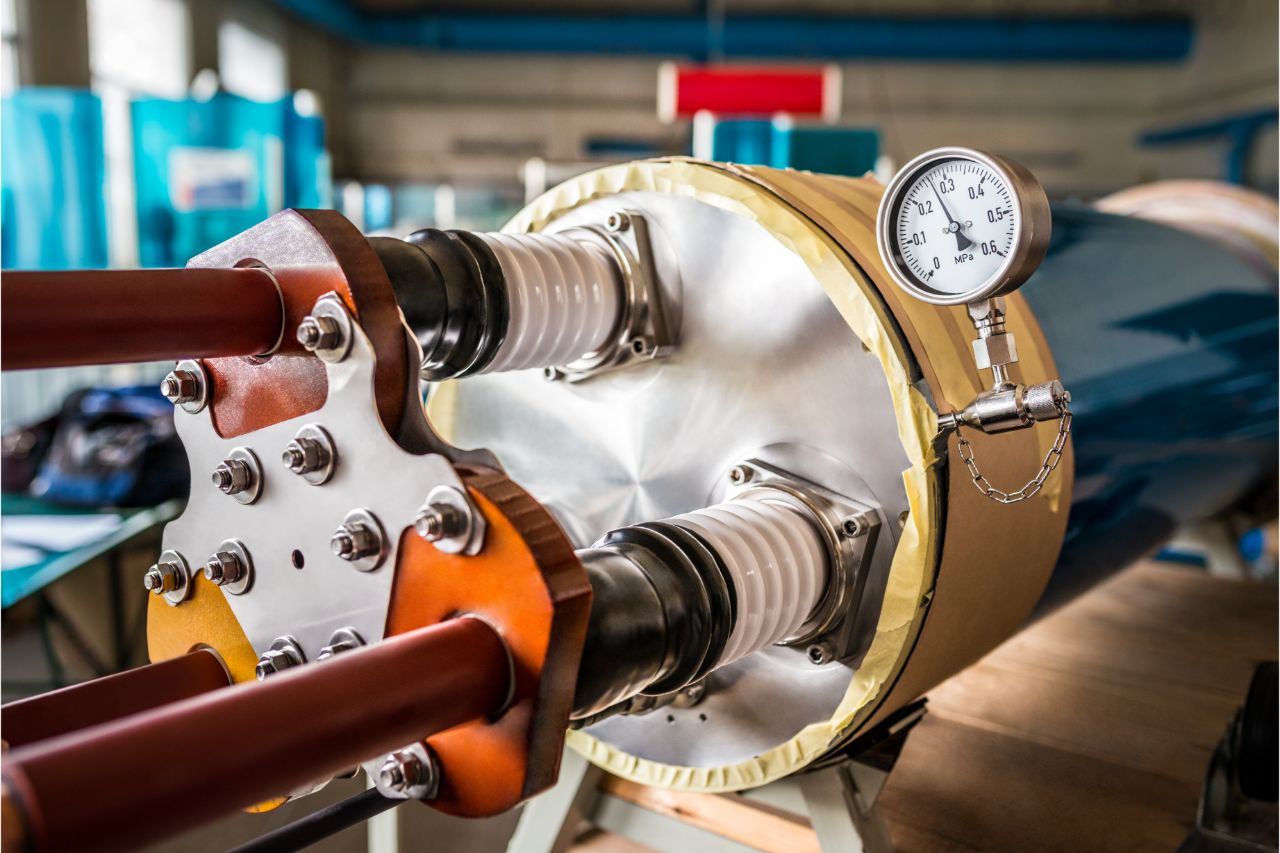
5 Advantages of Destructive Testing For Pipes
What are some advantages of destructive testing for pipes?
- Tested by time
- Accurately verify material properties
- Lessens accidents and failures
- Predicts functioning lifespan
- Doesn’t always need high tech tools
Steel pipes, especially those used for industrial applications, will most likely have to resist many factors to continue functioning properly. This includes corrosion, heat, stress or pressure, chemicals, and errant weather conditions. Depending on the use and the environment, quality steel pipes should be able to withstand it all. One of the most reliable methods that manufacturers use to test the strength of pipes is destructive testing. The advantages of destructive testing make it a better option than its counterpart, non-destructive testing (NDT), in certain situations.
Destructive testing is the term used for a range of testing methods where the original material, or at least part of it, gets destroyed in the process. As you can expect, non-destructive testing is the opposite. The common instinct from this fact is that NDT should be used all the time to prevent waste. But we’ll talk about the many benefits of destructive testing and why it is sometimes chosen over NDT. Keep reading to learn more!
Tested by time
Destructive testing methods have been around for a very long time, and it was once believed that it was the only way to get good results. While alternatives are now available, the wide use of destructive testing over millennia has proven its reliability as a testing method. Its long life is also why it’s alternatively called “conventional testing” sometimes. Just think of all the engineering and architectural feats that we were able to achieve without the high-tech equipment needed for NDT!
Accurately verify material properties
One of the things you can do with destructive testing is to check and verify the properties of certain materials. Although there are many methods, the general idea is to test a material to its limits. Apply any external factors that you want to test for, usually pressure, until the material breaks or loses integrity. You would then have a clear idea of the point of failure of the material and check if it meets the engineer’s design.
Pipes are often tested for corrosion resistance, tensile strength, fracture toughness, flexibility, and impact strength. For pipelines, destructive testing is preferred over NDT as it gives a more accurate and in-depth analysis of the pipes.
Lessens accidents and failures
Materials that have undergone destructive testing have been measured for their failing points. The accuracy that comes with destructive testing means that you can more or less rely on that measurement to keep safety a priority. If you know how far a material can go, you can avoid any unfortunate mishaps that may cause physical injuries and material loss.
If a pipe was measured to have a failing point at 150 psi, then you can be assured that pressure over 70-100 psi will not break the pipes. If you have no idea, then you might apply pressure higher than what the pipe can take.
Predicts functioning lifespan
Some destructive testing procedures are done to replicate the service conditions of a material. Through these processes, you will be able to see how well a material will perform when they’re applied in the field. It is especially important if the conditions are unforgiving, like deep underwater or in areas with extreme climates. If you know how much it takes before the pipe fails, you will also be able to measure how long it can last in service.
While NDT methods can make measurements here as well, it is more reliable when the material itself has undergone service conditions to the point of failing.
Doesn’t always need high tech tools
Both destructive and non-destructive methods need special equipment to perform. However, the equipment used for destructive methods is generally less expensive than those used for NDT methods. For example, one NDT method uses radiography or x-rays. The machines needed for that procedure have a high cost which will come off your capital, and the method still has a high consumable cost as well.
On the other hand, the more direct approach of destructive testing doesn’t need such tools, but the material waste would contribute to the overall costs.
Key Takeaway
The testing methods you use should depend on the materials that you’re dealing with and the industrial applications they will have. But the advantages of destructive testing prove that there’s a reason people consider it reliable. If you have the resources, then it is advisable to do these methods to test your pipes to find more accurate results.
If you’re working with pipes, then you should know where to get the best quality steel pipes for your project. At Supreme Pipe, we have been the most trusted steel pipe supplier in the Philippines for decades. We commit to always enhancing the quality of products that we produce, which you can browse through here! If you want to acquire the most reliable steel pipes in the country, then contact us here today!


